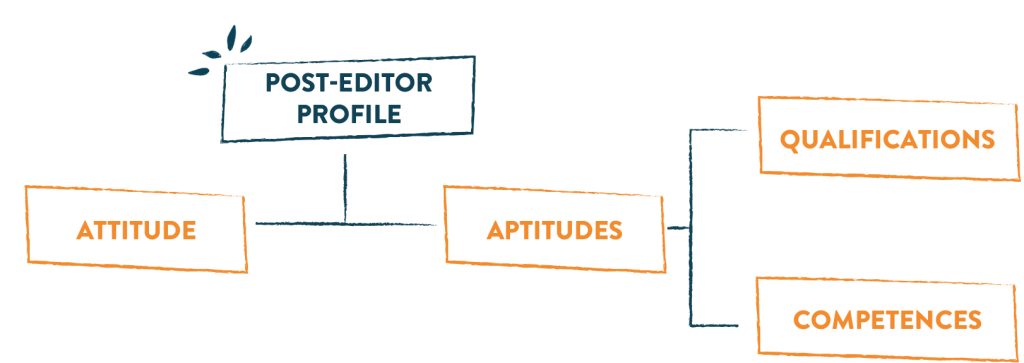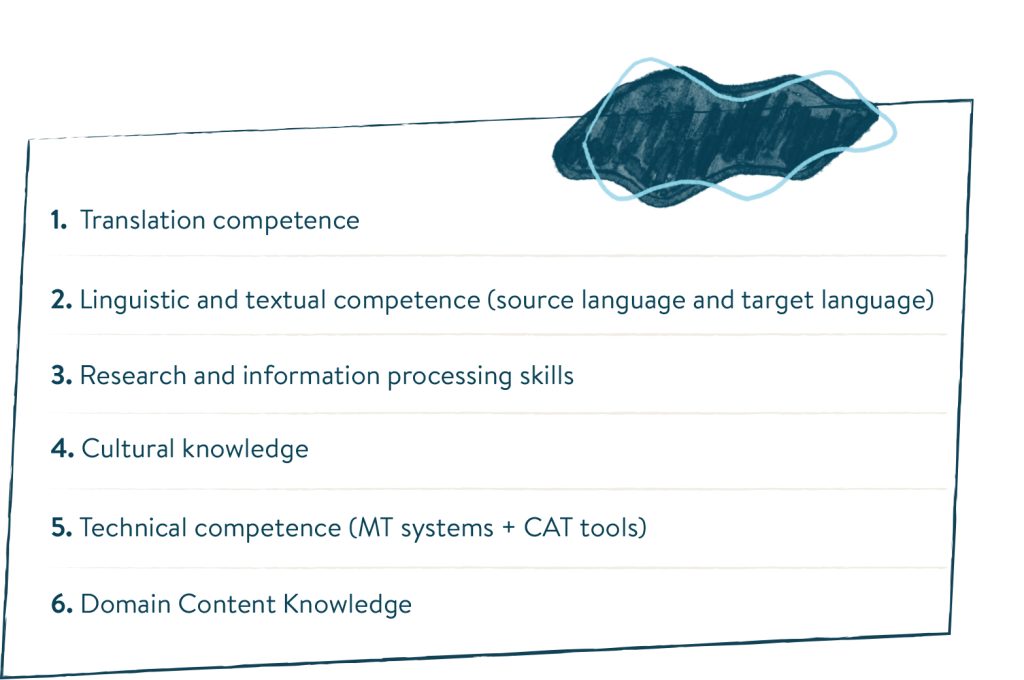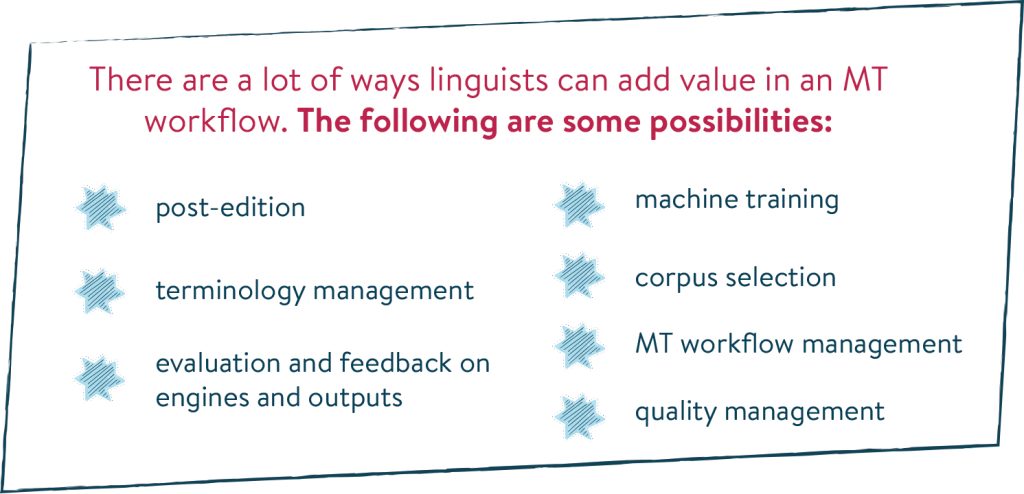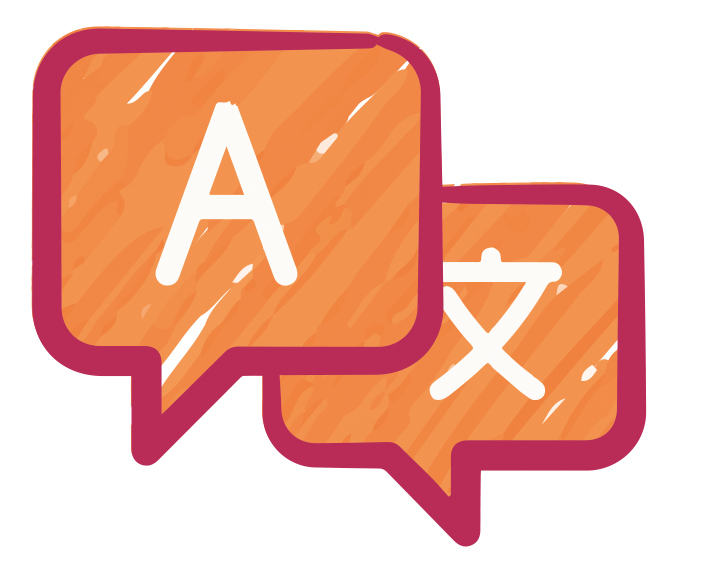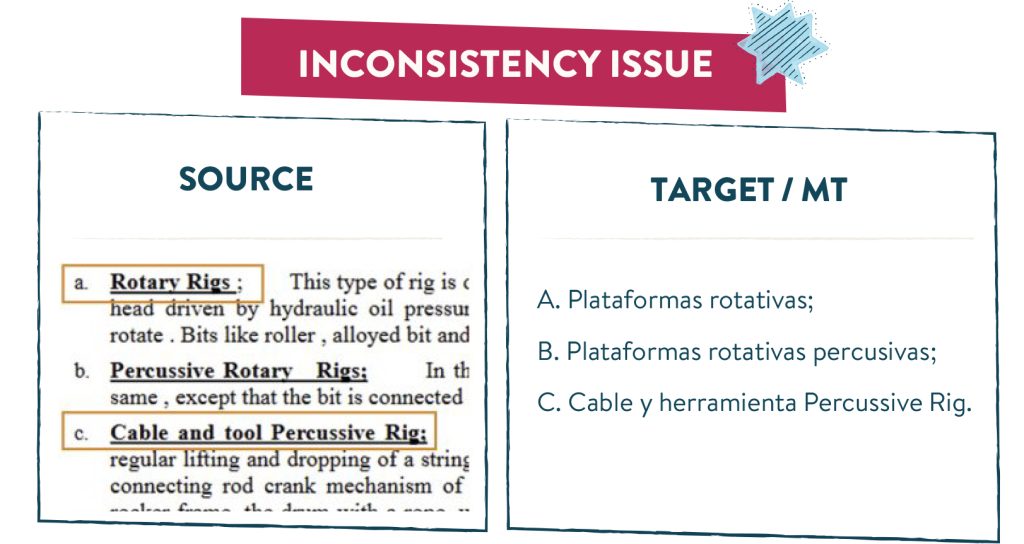The implementation of artificial intelligence provides new resources and possibilities to the localization industry. As a result, the translation workflows change. Because of that, language professionals perform additional tasks apart from translation or editing, such as pre-editing, post-editing or Machine Translation (MT) evaluation.
Post-editing implies reviewing a MT output in order to improve it and to obtain a semantically and syntactically accurate target text. This service is a specialized task that requires a specific set of skills, expertise and competencies.
Trained post-editors are aware of the most common mistakes MT makes and quickly implement the changes needed. Let’s analyze some of the most common errors addressed in the post-editing stage.
Mistranslations and omissions
Whether a document or project need deep or light post-editing, there are mistakes that post-editors always correct in the post-editing stage. They scan the output text for omitted or added words, phrases or segments. Additionally, they will correct mistranslations, semantic and syntactic errors by applying quick and short changes. Correcting numerical and tag mismatches between source and target text is also a must during post-editing.
Furthermore, if specified for a project, reviewers evaluate if the output complies with stylistic guidelines and correct it accordingly.
With all these basic improvements, post-editing ensures that the target text is accurately translated and properly formatted.
Limits of AI
Mistranslations or omissions are common errors that can be found even in human translation. But other mistakes are related to the capabilities of the artificial intelligence engine. Some of them are the following:
- Post-editors spot errors in the output that can be due to a spelling error in the source text. When the misspelled word or cipher exists, the engine translates it, but the target text will convey the wrong meaning. Because vendors master specific domains, they are able to spot those errors.

- If there are acronym preferences specified, post-editors will ensure they are properly translated into the target text. This is because the MT engine might accurately translate well-known acronyms (e.g., WHO>OMS), but non-familiar ones can be left untranslated. Also, there might be inconsistencies in how they are translated or explained in the target text.
- Depending on the engine (if it’s, for instance, example based, ruled based or neural), some types tend to mirror the letter case of words. Post-editors correct any capitalization mistake generated by differences in the capitalization rules between target and source text.

- Some projects may have the specification of leaving untranslated certain terms or phrases, for example, codes of web pages, proper names or institution names. While reviewing the output, the post-editor ensures the target text complies with that requirement.
- Sometimes, the MT engine misreads punctuation by interpreting it wrongly or mirroring the source text’s punctuation. Post-editors must be aware of the most common punctuation mistakes (for instance, mistranslation of the long dash and colon in English into Spanish text pairs) and correct them accordingly.

- The MT output can be grammatically and syntactically correct, but still don’t comply with, for example, the character limit specified for a project. Post-editors will bear in mind the specific requirements and apply the appropriate changes.
Leave it to the experts
Relying on expert post-editors ensures that providers with a specific background and know-how handle the MT workflows. Experience and expertise allow vendors to implement the required improvements in MT outputs without sacrificing time nor productivity.






